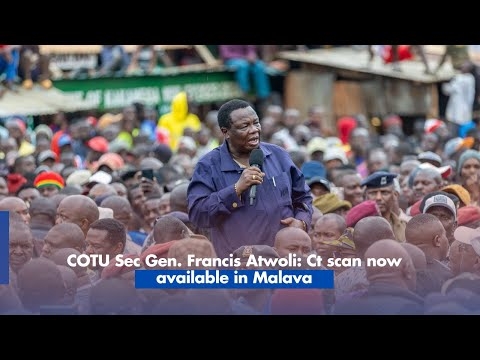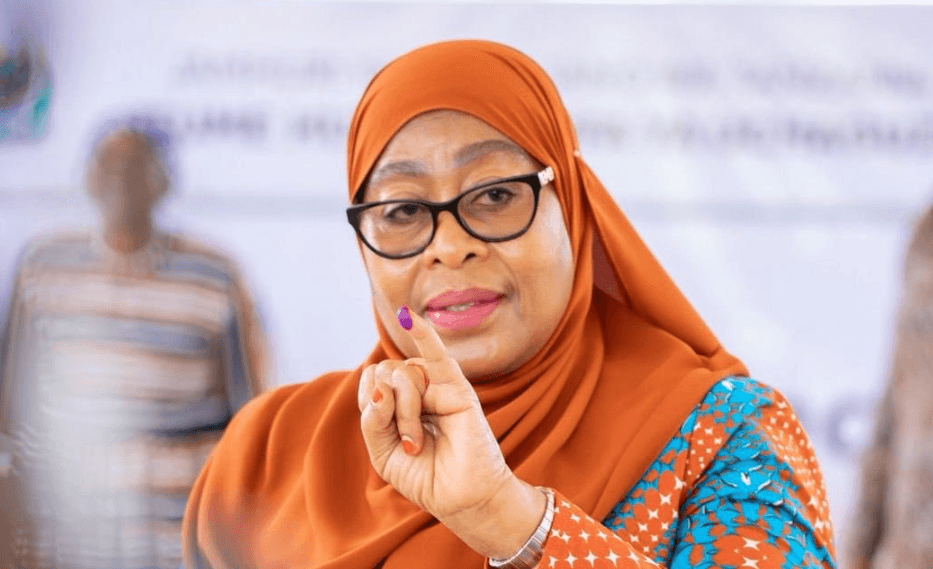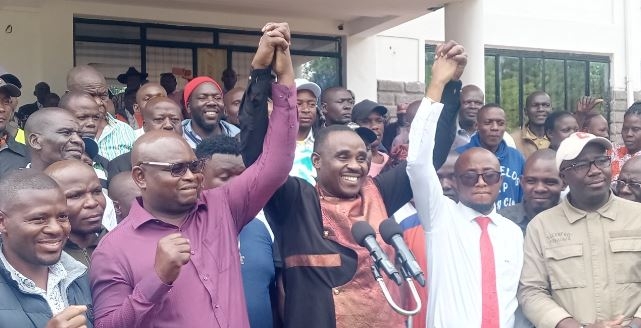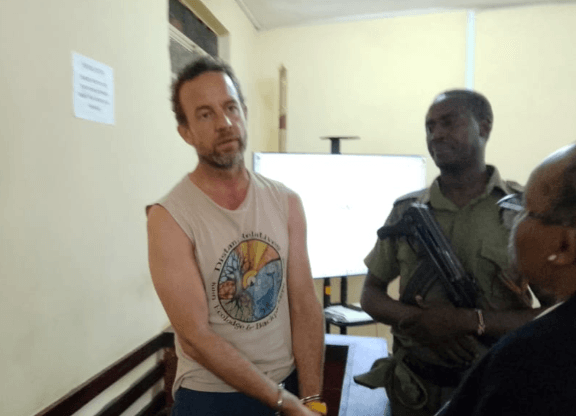On January 1, 1961, a conference was hosted in Casablanca, Morocco of Africa’s most prominent statesmen of newly independent nations comprising Gamal Abdel-Nasser of Egypt, Kwame Nkurumah of Ghana, Sakou Toure of Guinea, Mudibo Keita of Mali, Ahmed Ben Bella of Algeria and David Dacko of Central Africa Republic.
What united this group of Africa’s founding fathers was a belief in the need for African political unification or federation.
They believed that only significant deep integration would enable Africa to defeat colonialism, achieve peace, foster cultural dialogue, increase the continent's geopolitical influence and promote economic development.
Concisely, they believed in the transfer of powers from national governments to a supranational, pan-African authority, a monolithic leviathan.
These conversations were followed up by a meeting on May 25, 1963, that brought together 32 heads of independent African countries. Of interest in this convention, is the speech made by the President of Central African Republic, David Dacko.
He pointed out the insignificance of his country as an entity in the global arena and emphasized the salient need for unity and sacrifice for the future citing that a disunited Africa would never realize her potential.
The most passionate speech was that of Osagyefo Kwame Nkurumah, the father of Pan African who took a radical shift to, ‘unite now or perish.’
He challenged the leaders to agree on one government, one currency, one army and capital for Africa either in Bangui in the Central Africa Republic or Leopoldville the present-day Kinshasa in Congo.
That was the United States of Africa at her embryonic stage. But where was the inspiration coming from?
For the last three weeks, I have been in the US under the auspices of the International Visitor Leadership Program (IVLP) by the State Department.
IVLP is a premier professional exchange program for current and emerging foreign leaders that provides an invaluable opportunity for informative and insightful discourses through carefully designed visits and workshops with leaders, policymakers and professional counterparts.
Of interest to the subject matter at hand, is the creation of the Union.
On July 4, 1776, during the American Revolution, the Second Continental Congress adopted the famed document drafted by Thomas Jefferson as head of the five-man committee that consisted of John Adams, Benjamin Franklin, Robert R. Livingston, and Roger Sherman that pronounced the independence of thirteen states.
With the Congressional adoption, unity was felt throughout the states and they took an important step towards becoming the United States of America.
To actualize the dream of a united monolithic leviathan and initiate a modus operandi for balance of power, they convened what would come to be known as the Connecticut Compromise also known as the Great Compromise in 1787.
This agreement was reached during this Convention that in part defined the roles and relationship between the Federal and state governments, the legislative structure and the representation each state would have.
It is indeed instructive that the dream of our founding fathers who convened in Casablanca was heavily borrowed from the history of the establishment of the US.
Fast forward, Africa has a population of 1.4 billion people spread across 54 countries with 42 separate currencies and an estimated GDP of $3.1 trillion.
On the flipside, the US has a population of 340 million spread across 50 states with a towering GDP of $27 trillion and the dollar still is the global medium of exchange.
Sneak peeks at the economic metrics reveal a sad and blurred picture for Africa. Economically, Africa is a dwarf. The State of California alone with an estimated population of 40 million people has a giant GSP of $3.8 trillion, the largest sub-national economy in the world juxtaposed to the African continent with a paltry GDP of $3.1 trillion.
My heart squelches anytime there is a purported trade agreement between an African country with the US.
For instance which balance of trade do we expect to reap from an agreement between Lesotho with a GDP of $2.5 billion or Rwanda with a GDP of $11 billion dollars and the US?
Tesla alone headquartered in Austin, Texas has an annual budget of a whopping $85 billion and can hypothetically finance the economies of Rwanda, Burundi, Uganda, Niger, Burkina Faso, Guinea and Mali combined without Elon Musk breaking a sweat.
The US’s diversity and organization in economic production is brain-staking. Over time each state produces its ingredients in plenty and meaningfully participates in baking a giant national cake.
On the flip side, intra-Africa trade is the lowest in the world standing at a meagre 14.4% compared to 85% in the US. Sixty years after regaining independence, most if not all African countries are net importers.
We produce what we don’t consume and consume that which we don’t produce.
In the US one can fly from New York to Los Angeles for six hours and still make use of a single passport, the dollar and be connected to the same mobile telephony code and same tariff with the same service provider.
Conversely, in Africa, you fly from Nairobi to Entebbe for just an hour and the Kenyan shilling silently loses its meaning once you land followed by mobile phone roaming alerts that you are on a different mobile telephony code with a different tariff.
It’s utterly ignominious that the dream of a United States of Africa was shuttered in Addis Ababa by the fervent adherents of the status quo who pushed for the formation of the Organization of Africa Union.
It is not that our founding fathers did not comprehend the importance of a united Africa but were sadly consumed by the furnace of absolute power and avarice.
Instead of a monolithic union, they preferred loosely weaved regional economic blocks to selfishly keep their ultimate sovereignty. In West Africa, they established ECOWAS, in East Africa- EAC, in Southern Africa- SADC, in Central Africa-ECCAS, in Sahel region- CEN-SAD and in North Africa- AMU.
Sadly for Africa, the voices of the Casablanca school of thought were surreptitiously muted by the majority of statesmen. In America, the voices of their visionary and selfless founding fathers prevailed and they have since ruled the world.
As Americans live in splendour, Africa remains an infamy of poverty. Our people continue to wallow in the miasma of destitution, hopelessness and desperation.
To my generation, despite the uncertainties and vicissitudes we face in the 21st century, we must develop the courage to confront the negatives of circumstance with the positives of inner determination.
This is the surest way of honouring the dreams of our erudite founding fathers. “If we can begin now the planning from which action will flow, the hopes of the twentieth century will become the realities of the twenty-first.” President Lyndon Baines Johnson.
Alex Matere is a public policy expert and an IVLP Alumni serving as the Executive Director, Youth Bridge Kenya












